If you don’t have time to go through the whole article comparing 24mm vs 50mm lenses, then:
- A 24mm lens is better at capturing more of the environment for environmental portraits.
- A 50mm lens is better at capturing classic portraits with blurry backgrounds.
- You can find a decent 50mm f/1.8 from any manufacturer for less than $300, which is a great entry level lens for portraits and low light scenarios.
- A 24mm lens can get you through a full event without too many sacrifices.
- A 50mm lens can get you through a full event if you have enough space to move around.
- Both lenses complement each other, and you should consider getting both of them eventually.
When shooting people, you can use pretty much any focal length at your disposal. Shooting people allows for all sorts of concepts and creativity, and with that, the use of pretty much anything you can think of, gear-wise.
In this article, we will take a look at 24mm vs 50mm focal length lenses, where they excel or fall short, what you will be getting if you use one of those, and some use cases.
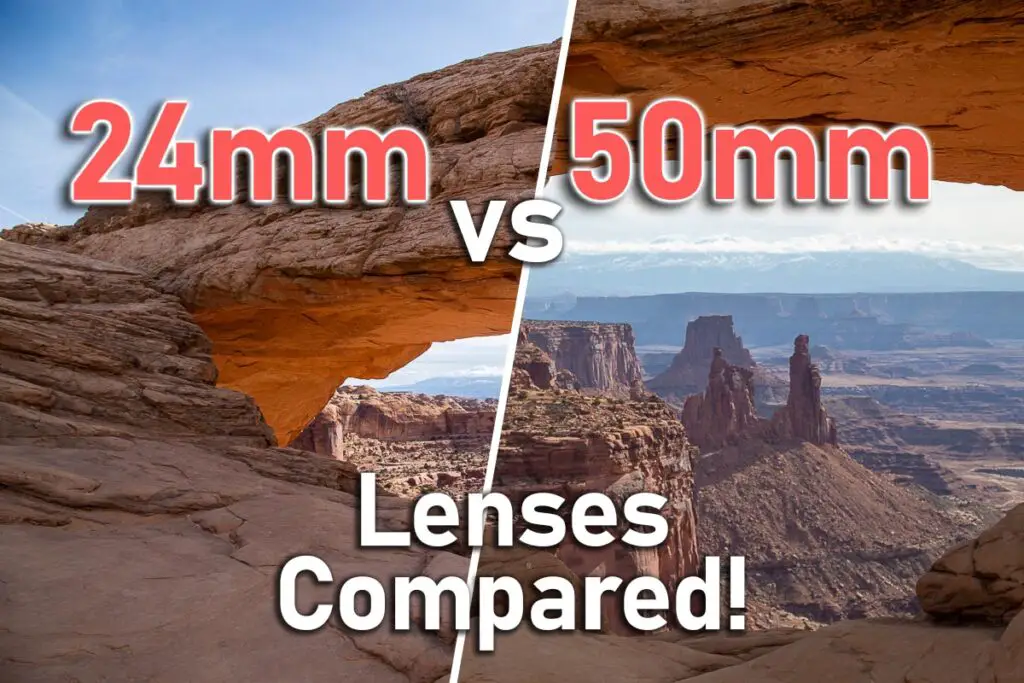
Where Does a 24mm Lens Excel?
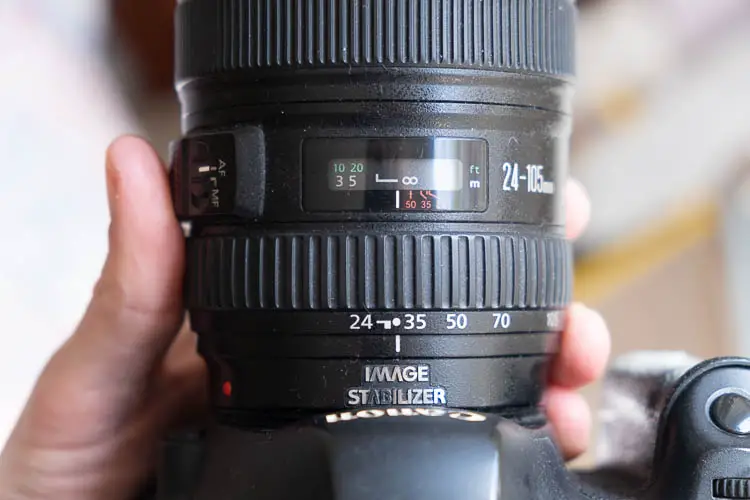
The 24mm focal length, and lens for that matter, is the go-to wide angle lens used by most photographers. Usually in the form of the wide-angle end of a 24-70mm or a 24-105mm zoom lens.
However, you can get your hands on a prime 24mm lens if you require a wider aperture, which will be a great addon to your kit.
24mm Lens Low light Capabilities
Two things help out in low light situations: minimum usable shutter speed and maximum aperture.
The minimum usable shutter speed when handheld, is easily determined by the revised reciprocal rule. This means that your minimum shutter speed should not be lower than one over twice the focal length. So for a 24mm lens that is 1/48 or rounded up to 1/50th. This rule assumes no camera/lens stabilization.
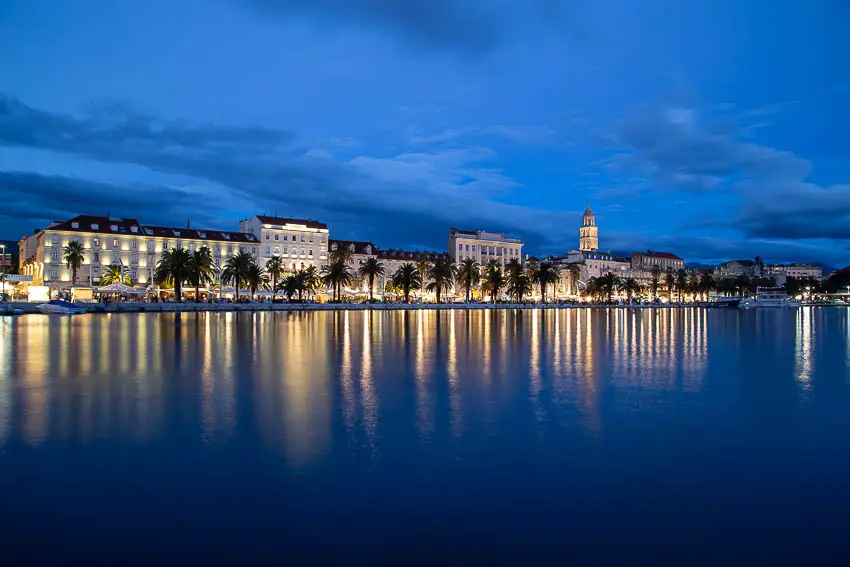
The 24mm focal length is considered by most as the default wide-angle focal length.
You can find 24mm lenses with apertures as wide as f/1.4 from pretty much any original manufacturer or third-party manufacturer alike, making it very easy to get a fast enough shutter speed to hand-hold.
Make no mistake, 24mm f/1.4 lenses from original manufacturers aren’t exactly cheap. Sony makes one for $1400, while the Canon L variant will set you back $1600.
That said, you will have plenty of light-gathering capabilities with a prime lens of this focal length.
24mm Lens for Environmental Portraits
Environmental portraits require a lot of, well, environment. Even though this sounds a bit obvious, let me elaborate.
You can capture a lot of the environment with every lens. All you need to do is manage the distance to the subject. However, in order for the environment to be engaging, it usually requires a wide-angle lens.
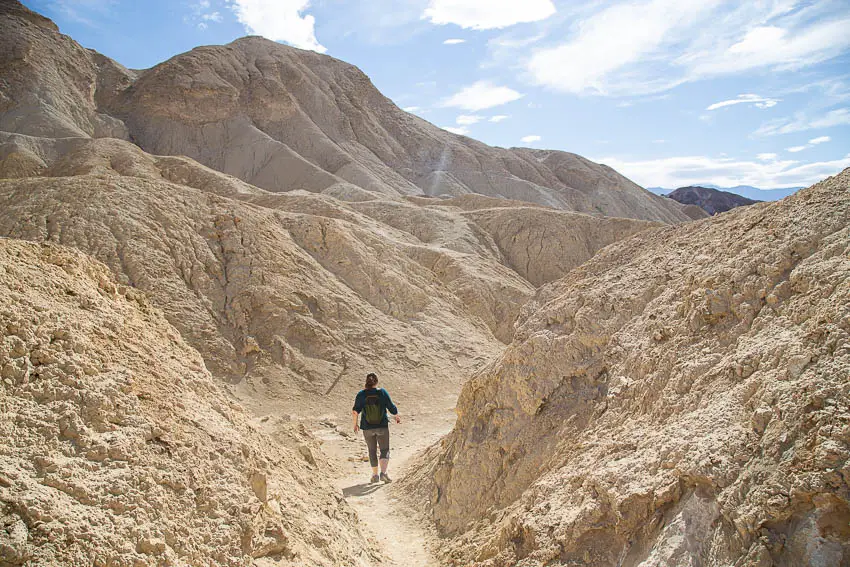
The way the environment wraps around the subject somehow brings everything together. That is a product of the distance to the subject and the focal length, and that is why it can’t really be achieved with a telephoto lens. A 24mm lens is great for that.
On a crop sensor a 24mm lens becomes a 35mm lens, and with that it is still decent at environmental portraits, however in that case you are getting a slightly different type of environmental portrait.
24mm Lens for Photographing People at Events
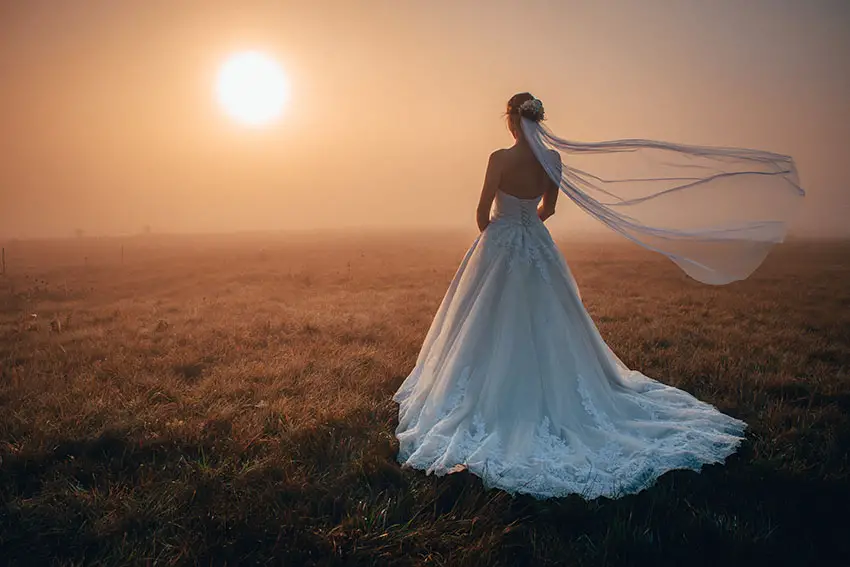
Pretty much every professional wedding photographer has a 24mm f/1.4 in their bag. It is an excellent focal length for events. Especially if you get a f/1.4 variant, you can manage events in low light without any issues.
It is useful throughout the whole event. Starting from bride and groom prep, where you shoot environmental portraits, to the party at the end in the venue in low light.
In short, 24mm is useful for most events, since it is a focal length that allows you to fit a lot in the frame, and the ability to get a wide aperture lens at that focal length works to separate subjects from the background in a pinch.
What Does a 50mm Lens Do Well?
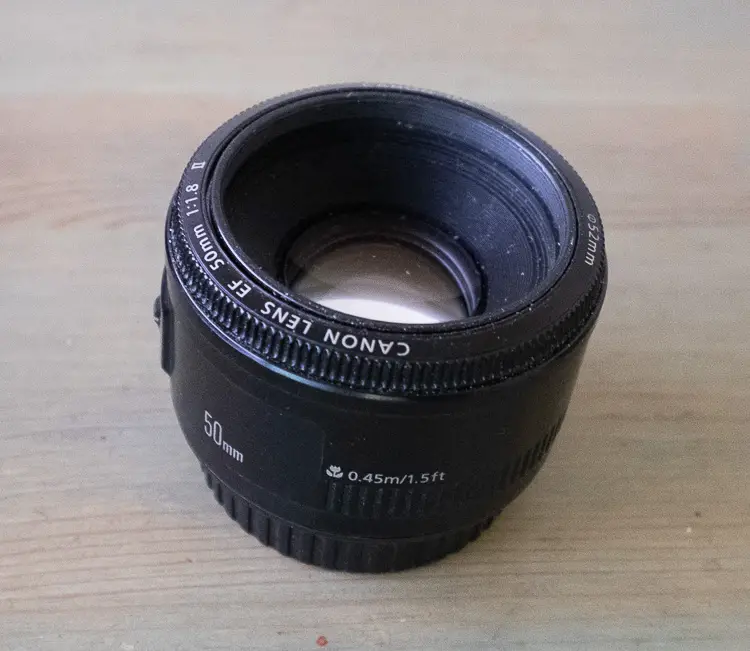
As you probably know by now a 50mm lens is the most popular lens in photography.
The focal length provides a perspective that closely matches what we see with our own eyes, and with that it was the kit lens for many film cameras to date.
Nowadays kit lenses, even though most of them are zooms, either have the 50mm focal length, or they are near it.
It is a great all around lens on full frame cameras, and it can handle pretty much everything. On a crop sensor camera it becomes a bit tight, and with that more suited for portraits.
50mm Lens Low Light Performance
Even though the revised reciprocal rule states a shutter speed of 1/100, which is a full stop darker than the 24mm lens, you can get extremely wide aperture lenses at this aperture. Of course, f/1.2 full frame lenses that are usable at this aperture won’t be cheap, but they aren’t impossible to get either.
If you want to go beyond that you can. There are f/0.95 lenses, and depending on the price they will either be a bit soft, or quite sharp.
The Leica 50mm f/0.95 is said to be quite sharp, but getting a copy of this lens will set you back at least $10,000.
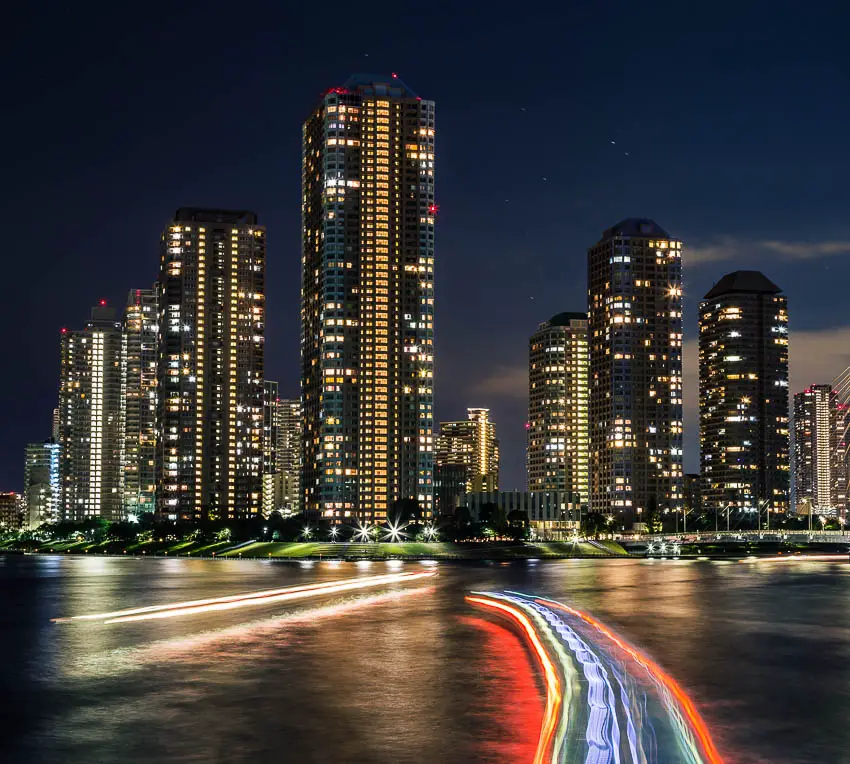
On the other hand, every manufacturer makes a sub $300 f/1.8 version of this lens that is an excellent performer for the money. That makes it a great entry level low light and entry level portrait lens at the same time.
50mm Lens for Portraits
The 50mm lens is considered the go-to portrait photography lens. It offers a great balance between subject separation and environment inclusion. It is not exceptional in any of those, but paired with the natural looking perspective, it works great.
Of course if you want exceptional subject separation you’ll need a longer lens, or if you want to include more background for a more environmental portrait, you need to go wider.
The exception to this is if you want to photograph a person from a distance, in which case the 50mm lens is great for enivironmental-style portraits.
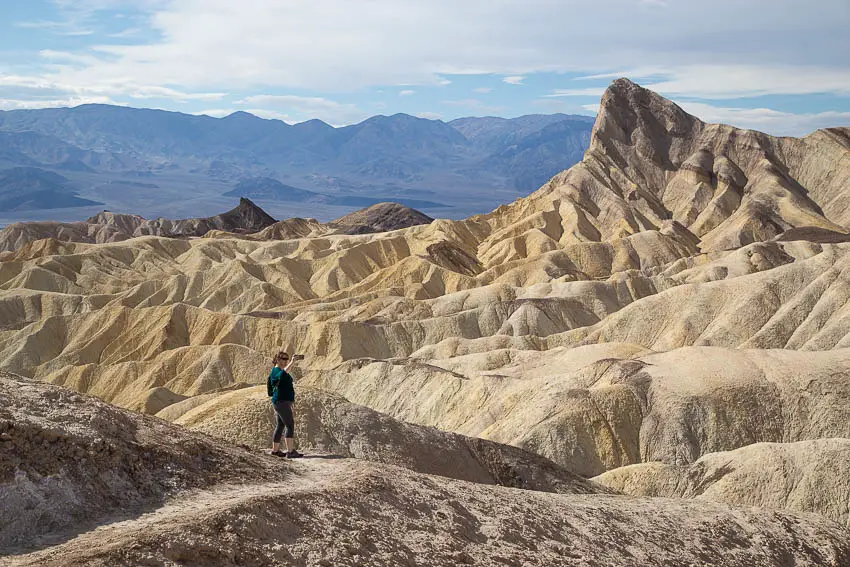
50mm Lens for Events
Even though it is not a jack of all trades lens for event photography, it is a great lens to separate subjects from the background. When photographing events you always need to separate certain subjects from the background in order to put the emphasis on them.
For example, the bride and groom during the first dance, or the kid that celebrates their 3rd birthday while they blow out the candles. Having a lens that can separate the subject and put the spotlight on them comes really handy in situations like this.
Like previously mentioned, it is not a lens that you can do everything with, however, it is a lens that will complement a wide angle lens in scenarios like this.
Of course, if you are persistent enough and you have enough room, you can do everything with a 50mm lens. I know people who do, however that is more work and a bit limiting.
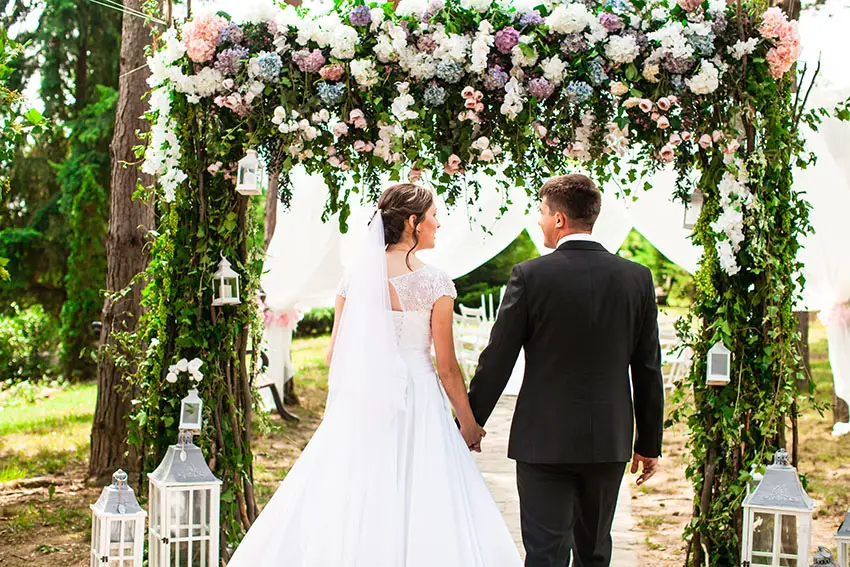
On a crop camera it behaves like a 75mm lens, which is somewhat of a telephoto lens already.
A crop camera paired with the 50mm lens will help you achieve more candid moments since it will increase the distance to subject you already had with the full frame camera.
24mm vs 50mm for Portraits
Both of these focal lengths have their own genre for portraits. With the 24mm you will be more focused on environmental portraits, while with the 50mm you will be more focused on subject separation.
With both focal lengths you can introduce a lot of the background in the photo, however in that department a 24 mm lens does a better job.
Of course, with both lenses you can separate the subject from the background, but in this case a 50mm lens does a better job due to distance to subject.
In order to separate a subject from the background with a 24mm lens, you’ll have to get quite close to the subject, and that will exaggerate the facial features of the person, sometimes too much.
A 50mm lens doesn’t do that, at least not to an extreme extent.
So if you have to pick a lens that is better, it will depend on the portrait style you want to do.
For classic portraits, a 50mm lens is better, for environmental portraits a 24mm lens will work better.
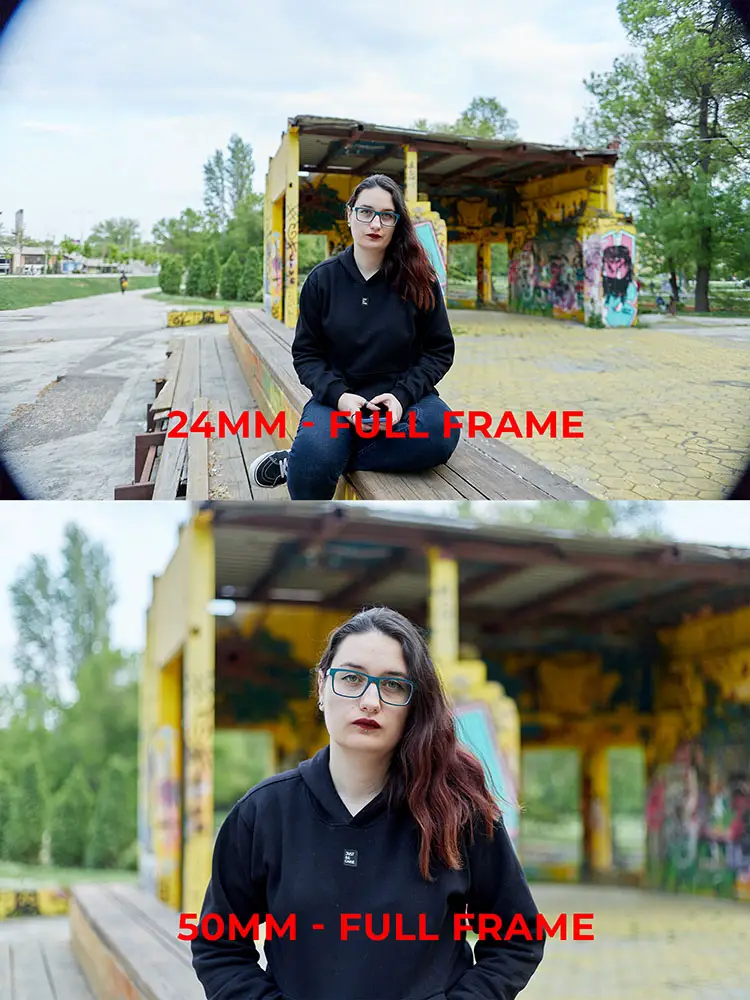
If you shoot both of these focal lengths from the same position, the 50mm lens will look as if you have cropped in the 24mm lens by a factor or 2x (give or take).
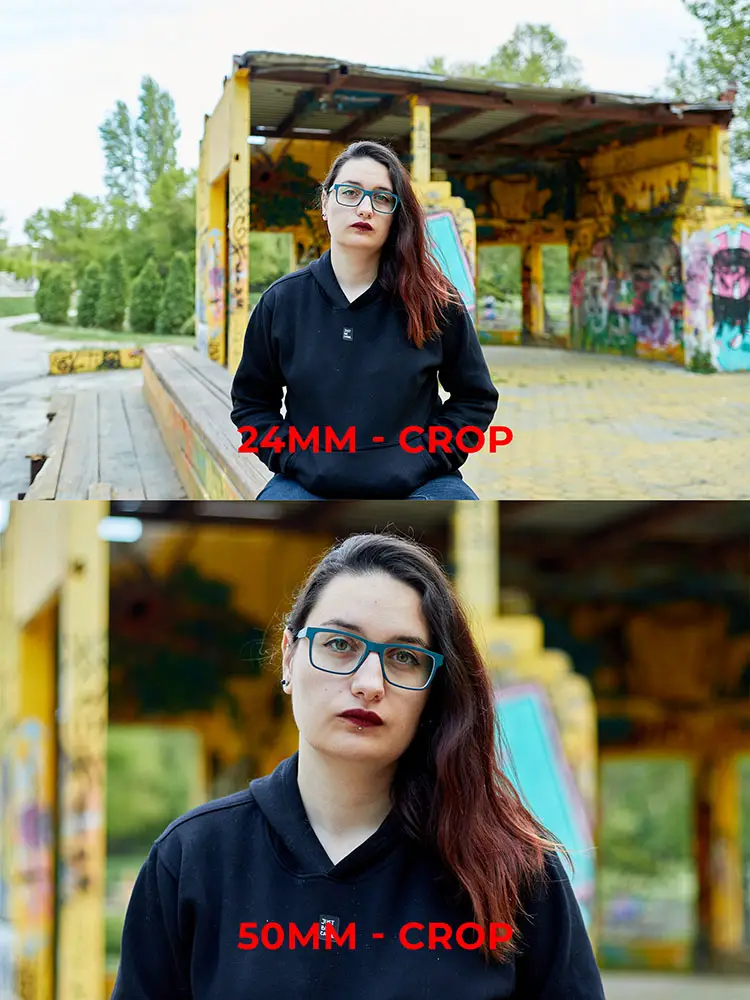
On the other hand, if you try to keep the subject the same size in frame, you will need to get a lot closer with the 24mm lens, and as a result you will be getting some facial features exaggerated.
The background will look as if it is closer with the 50mm lens, and it will be a lot blurier as a side effect.
50mm vs 24mm for Events
If you use lenses from these focal lengths on a full frame camera you can cover an event with each of them. The 24mm focal length will be easier to manage since you can capture everything, but you will have a harder time separating a subject from the crowd/background.
With the 50mm lens you have the opposite problem, you can easily separate the subject from the background or the crowd, but you might find it difficult to photograph large groups of people.
Nonetheless, a 24mm and a 50mm will eventually find their ways in your camera bag, since they are the two most useful lenses you can have. It is up to you to decide whether you go with a 24mm or a 50mm first.
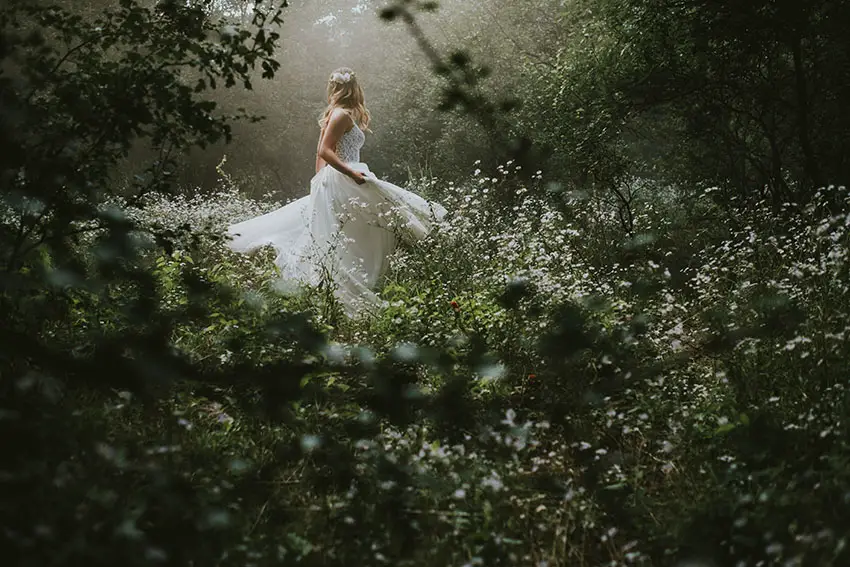
On a crop camera, you will find that both focal lengths become tighter. The 24mm resembles a 35mm, while the 50mm lens starts to look like an 85mm (even though it is a 75mm effective focal length). With the 24mm lens, you can still cover events from start to finish, but with the 50mm you will be limited to shooting portraits and candid moments. Group shots become quite more difficult since the distance to the subject is quite large.
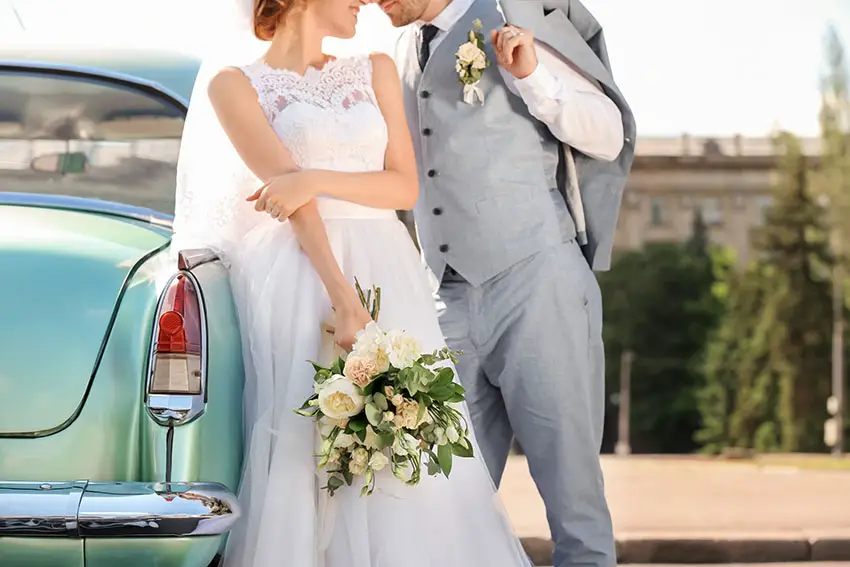
24mm vs 50mm Overall Comparison
Overall both focal lengths are extremely useful, and both of them have their own place. There is some overlap between them, but not much.
Everything that the 24mm can’t do, the 50mm can, and vice versa. So, in essence, they are designed to complement each other, which is why you will find both focal lengths in a 24-70mm, or 24-105mm.
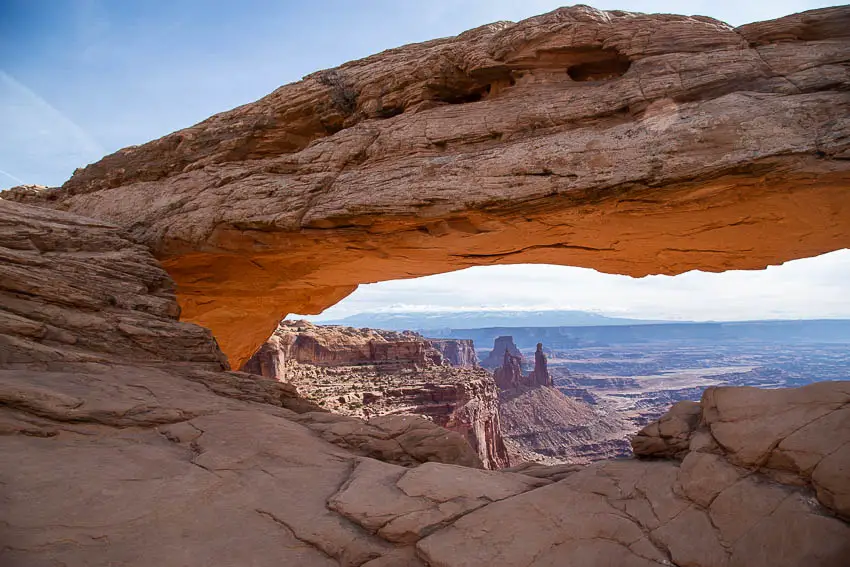
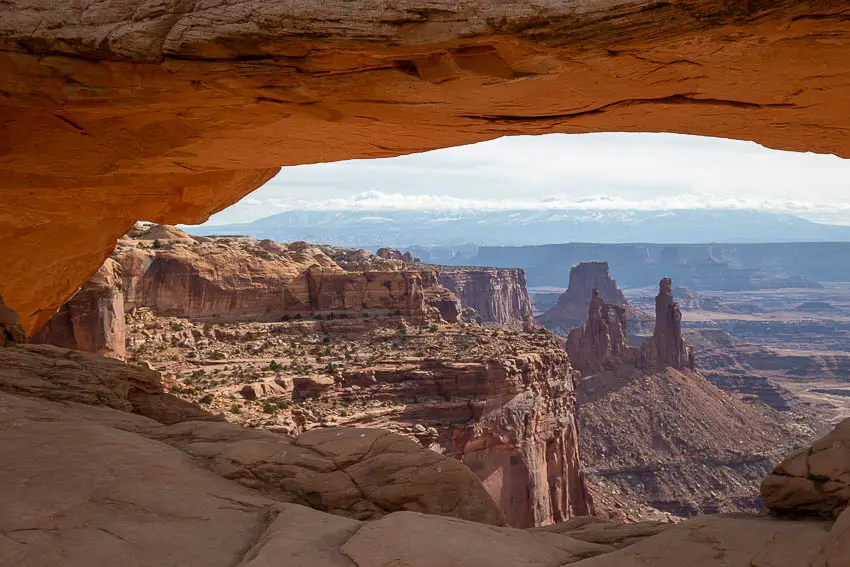
There is a reason that pro photographers have a 24-70mm f/2.8 for run and gun situations. That way, you have the best of both worlds, with a small sacrifice in the maximum aperture.
Read More:

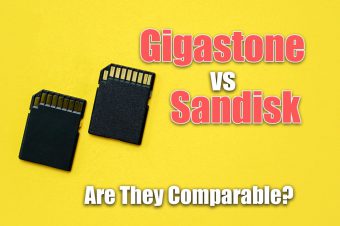


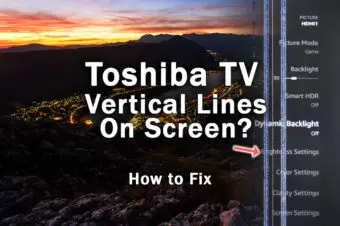
![SmugMug vs 500px: Pros and Cons [2024]](https://www.lapseoftheshutter.com/wp-content/uploads/2021/09/smugmug-vs-500px-340x226.jpg)
Leave a Reply